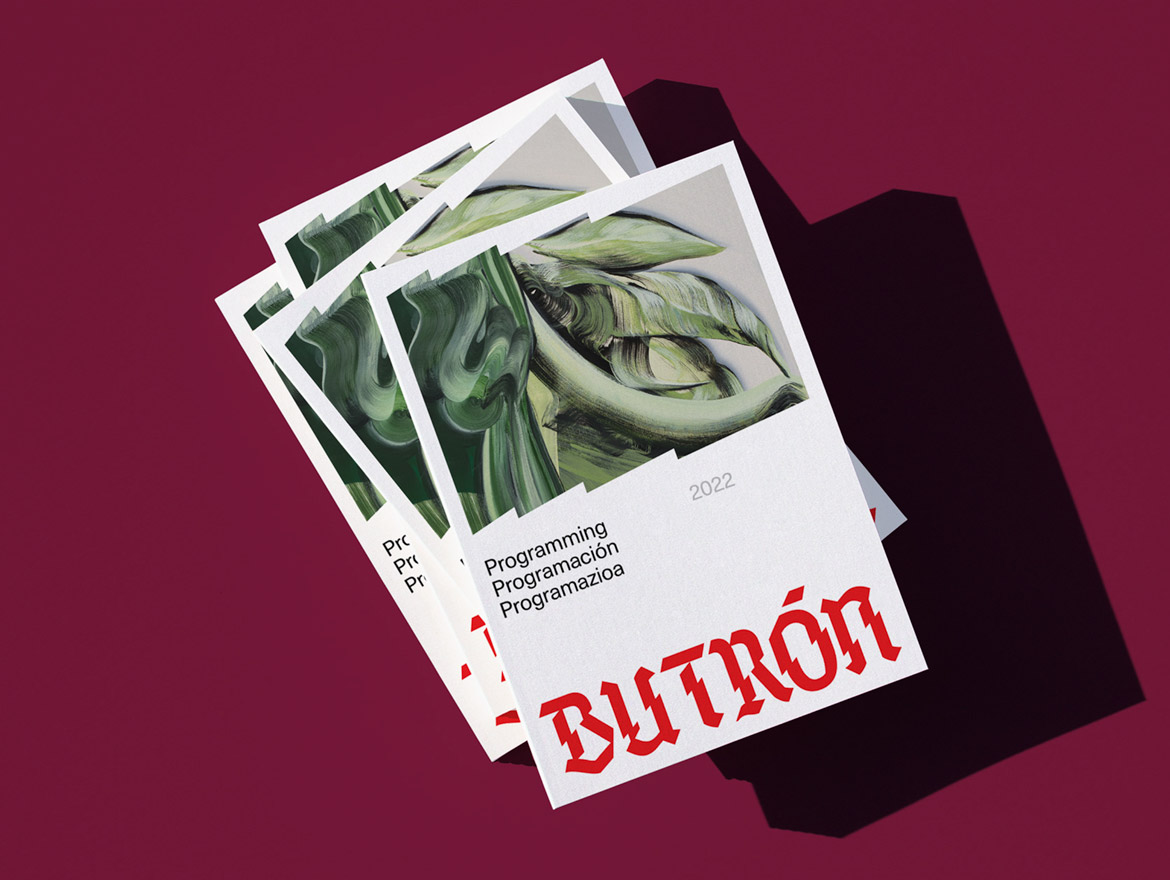
Butron Visual identity by JOSU LOIZAGA
Spanish designer Josu Loizaga created the identity of Butrón Castle, a neo-Gothic fortress. Taking advantage of its location and being a potential tourist attraction, the castle is transformed into a unique museum dedicated to emerging art. It breaks with the almost sacred idea of the contemporary art museum as a white cube while subverting a space once reserved for the power of the region. Thus, Butrón – Emerging Art Museum offers an unusual environment for people to get closer to current art.
Art aficionados already know the classics. They have already seen Picasso, Bourgeois and Koons distributed in permanent exhibitions in the best museums in the world. On the other hand, the general public is related to art sporadically, such as when they are “forced” to visit the great museums of the cities they visit. However, the relationship with contemporary art tends to be distant since the big museums tend to praise the work of established artists, relegating the emerging to the background.
Butrón – Emerging Art Museum was born with the intention of giving visibility to artists who have not yet reached their maturity. In order to show hidden gems that few people know about and be part of their future success. A space for those artists who create contemporaneity now.
Updating the inheritance
The new visual identity seeks to extol the novelty trying not to completely break with the aesthetic legacy of the building. Inspired by the neomedieval character of the palace, it takes existing elements to create a visual system that updates the visitor’s imagination. Ubiquitous diagonals throughout the identity tear apart the gothic font of the logo. Together with the color palette, coming from the family coat of arms of the Butrón house, the identity projects the contrast created by the works in its different halls outside the castle.
The museum does not have a permanent exhibition, but bases its offer on 6 bi-monthly exhibitions, with twelve artists invited per season. Expressing this mutation of the exhibited work, the color palette changes with it. And if red, white and crimson come from the past, the new tones look to the digital world, creating a heterogeneous palette that reduces the harshness of the identity and gives the brand a much more current personality.
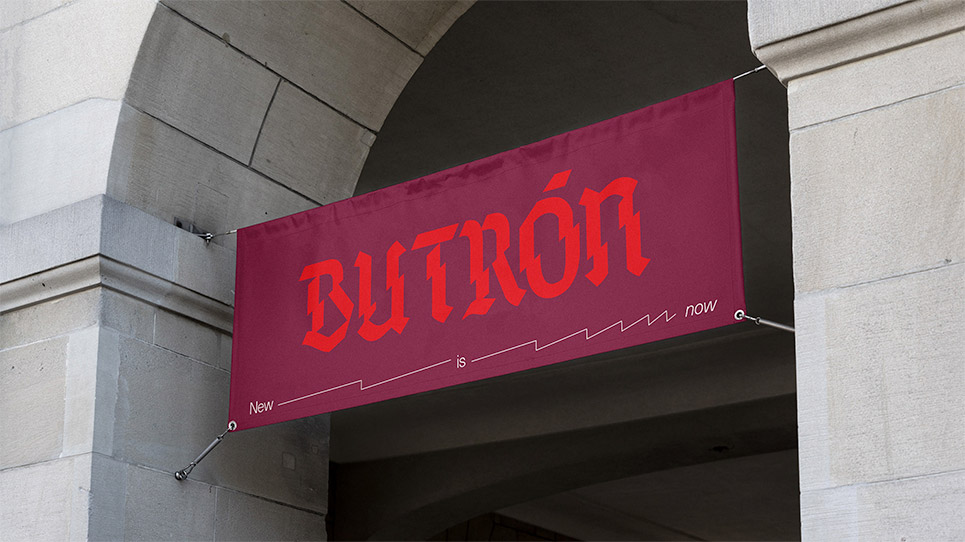
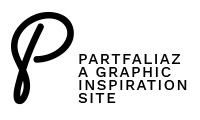
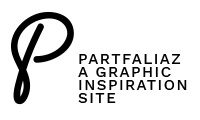
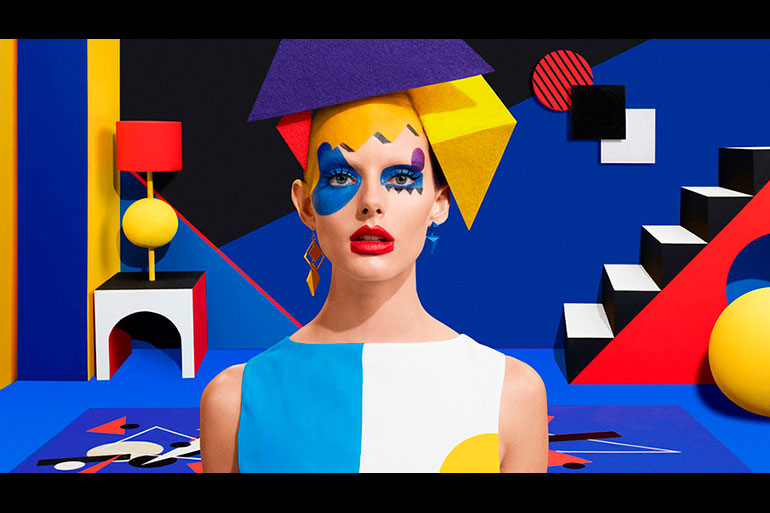





Post a comment